MIT NSE: Spotlights 2015
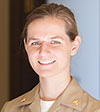
|
Carolena Ruprecht: On board with nuclear engineering for the NavyFew undergraduates have pinned down their post-graduation plans as precisely as Carolena Ruprecht. Just after commencement on June 3, 2016, Ruprecht will attend a Reserve Officer Training Corps (ROTC) commissioning ceremony, and then be whisked off to her commission as a surface warfare officer, destined to serve on an aircraft carrier. ... more |
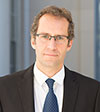
|
Jacopo Buongiorno: Bringing Outside Knowledge to the Nuclear IndustryThere’s a paradox facing today’s nuclear power industry. On one hand, an exciting range of new fission and fusion reactor technologies has spawned a number of startups. But at the same time, market dynamics have conspired against the uptake of enabling technologies developed in other fields that could bring new options and benefits to the nuclear sector. ... more |
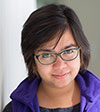
|
Aditi Verma: A multidisciplinary take on nuclear policyA doctoral student in nuclear science and engineering, Verma has spent her academic career acquiring the expertise in science, engineering and the social sciences required to make sense of complex policy questions that arise around nuclear energy. ... more |
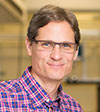
|
Thomas J. McKrell: A passion for learning in the labBy his own account, Thomas J. McKrell chose “a course in life as an experimentalist.” A research scientist in the Department of Nuclear Science and Engineering (NSE) since 2006, McKrell designs, builds, and supervises laboratory projects, and readies students for careers in research. ... more |
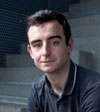
|
Ruaridh Macdonald: Engineering nuclear securityNSE graduate student Ruaridh Macdonald is involved in a project called Zero Knowledge Warhead Verification, developing a tool to identify nuclear weapons without divulging too much. ... more |
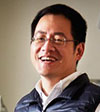
|
Ju Li: Atomic InsightsWhat actually happens to arrangements of atoms as materials perform — and fail — in the real world? With the help of an add-on device he designed for a powerful microscope, Ju Li has created a window into a world where things are inconceivably small and change inconceivably fast. ... more |
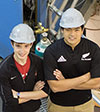
|
Kuang, Creely already contributing to fusion’s advancementThis summer, nuclear fusion researchers at MIT and Germany’s Max Planck Institute will learn more about what’s going on inside their reactors, thanks in part to the accomplishments of two first-year Nuclear Science and Engineering doctoral students. ... more |
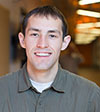
|
Coding for cooling: Benjamin Magolan helps model improved coolant flowAfter tinkering for months with thousands of lines of computer code, Benjamin L. Magolan believes he is finally getting somewhere: “I’ve had a breakthrough with my implementation and now everything is coming together,” he says. “I’m capturing the appropriate turbulence trends in my model.” ... more |
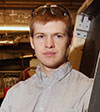
|
NSE senior Sterling Harper tackles nuclear energy risk with virtual simulation toolsSeveral years ago, as an incoming freshman, current MIT senior Sterling Harper had no inkling that he’d find his passion in writing nuclear engineering software. But after signing up on a whim for a pre-orientation program with the Department of Nuclear Science and Engineering (NSE), Harper was hooked, and is now set to graduate from a five-year program with bachelor’s and master’s degrees in the field next year. ... more |
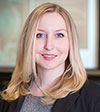
|
Anne White accepts the fusion challengeAnne White has always relished challenges. As an undergrad, she was fascinated by fluid dynamics, and the prospect of nuclear fusion as a game-changing energy source. She followed those passions to her current position as Cecil and Ida Green Associate Professor of Nuclear Science and Engineering, where she spends much of her time studying plasma turbulence – which is a challenge unto itself. ... more |
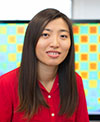
|
Lulu Li: Modeling the maelstrom inside a reactorThe frenetic dance of neutrons inside a nuclear reactor generates heat and produces electricity. Reactor physicist Lulu Li wants to make sense of this kinetic choreography, with the ultimate goal, she says, of “making nuclear reactors safer, more reliable and economical to operate.” ... more |
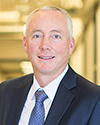
|
Smaller, faster experimentation seen at PSFC under WhyteDennis Whyte, Professor of Nuclear Science and Engineering, began pursuing fusion energy research at MIT in 2006, attracted in large part by the opportunity to work at the Plasma Science and Fusion Center (PSFC). He says it’s “a special place, with a compelling combination of being at the forefront of an important research area like fusion, while being rooted strongly in education.” ... more |
